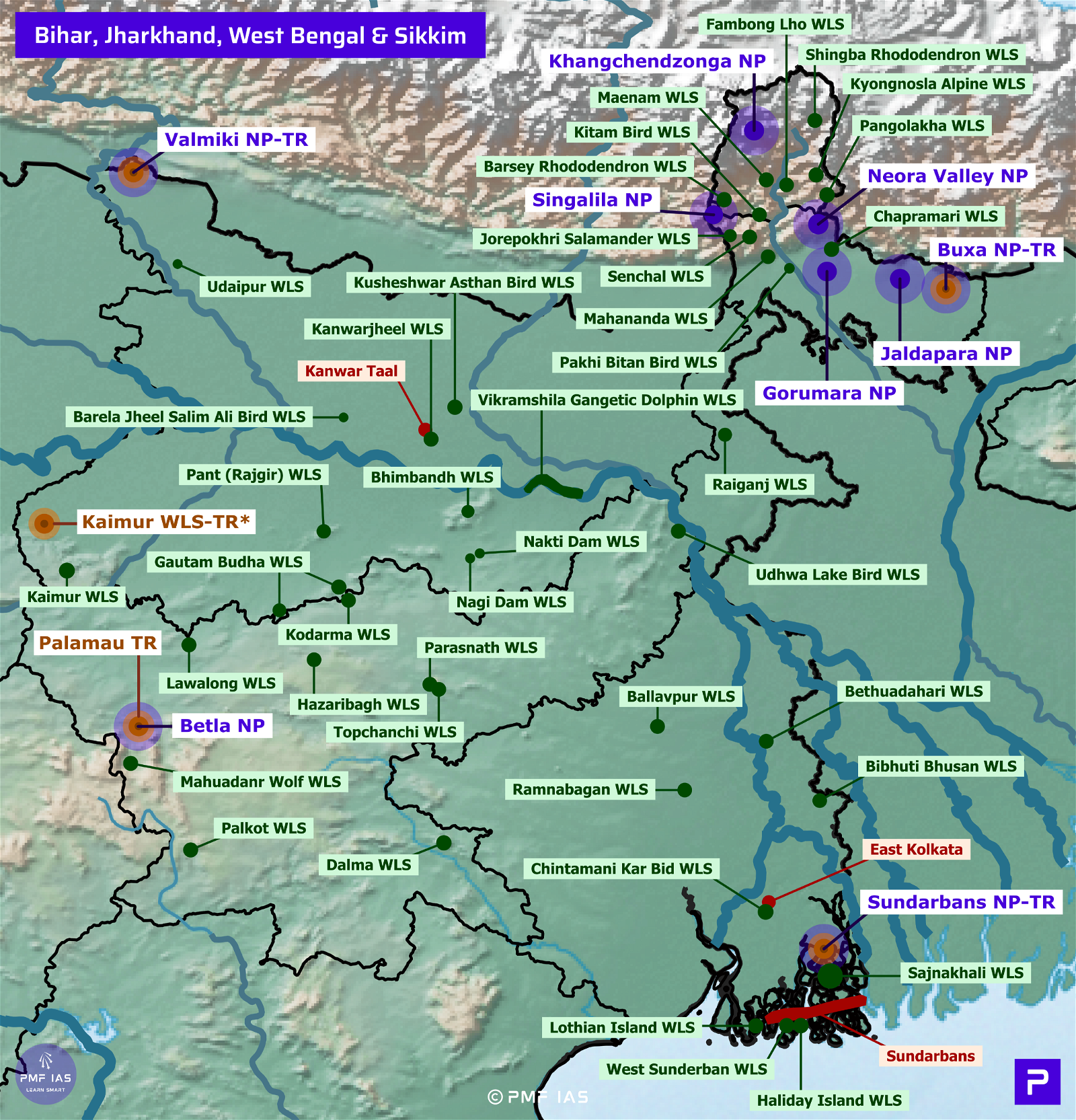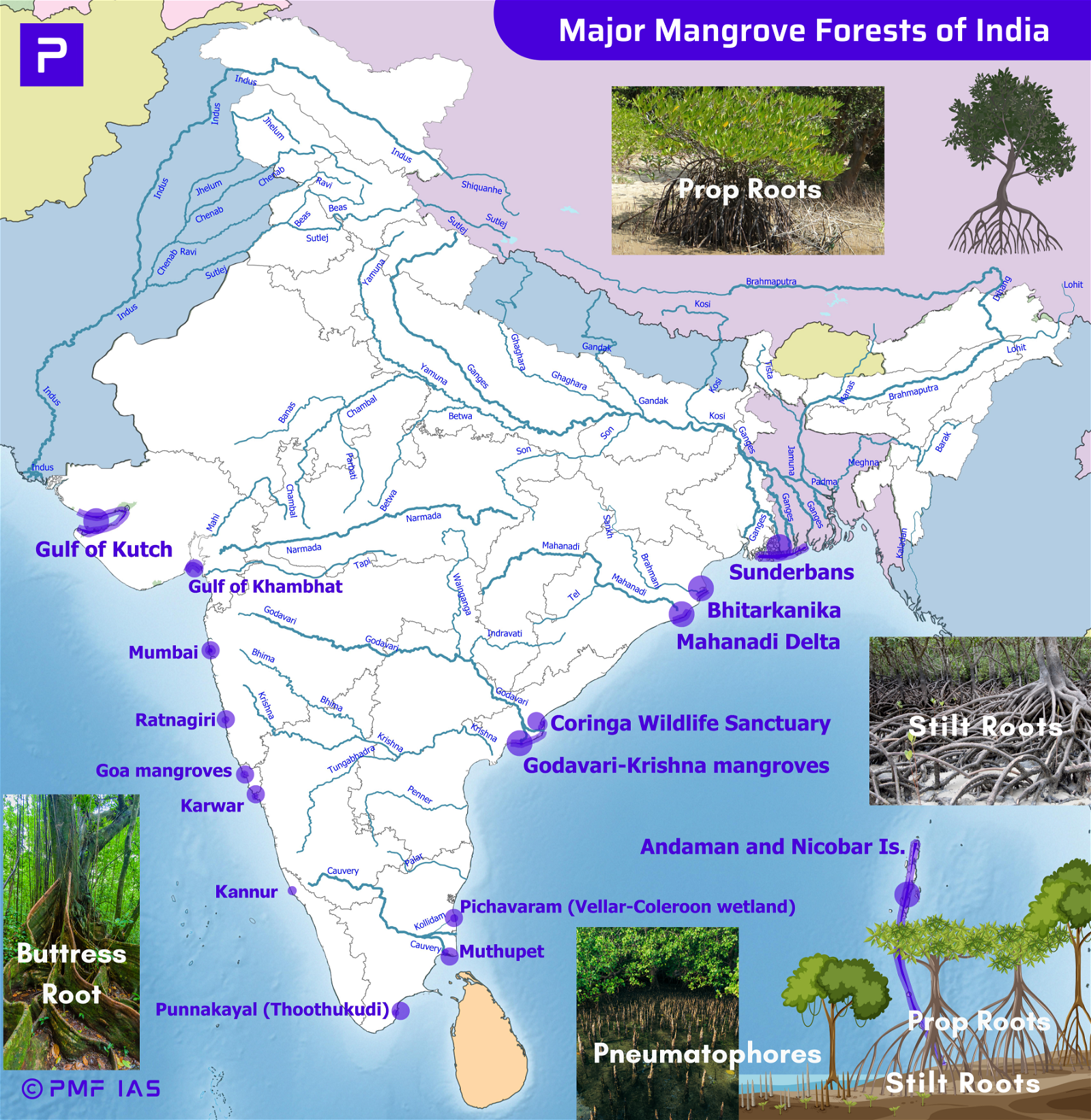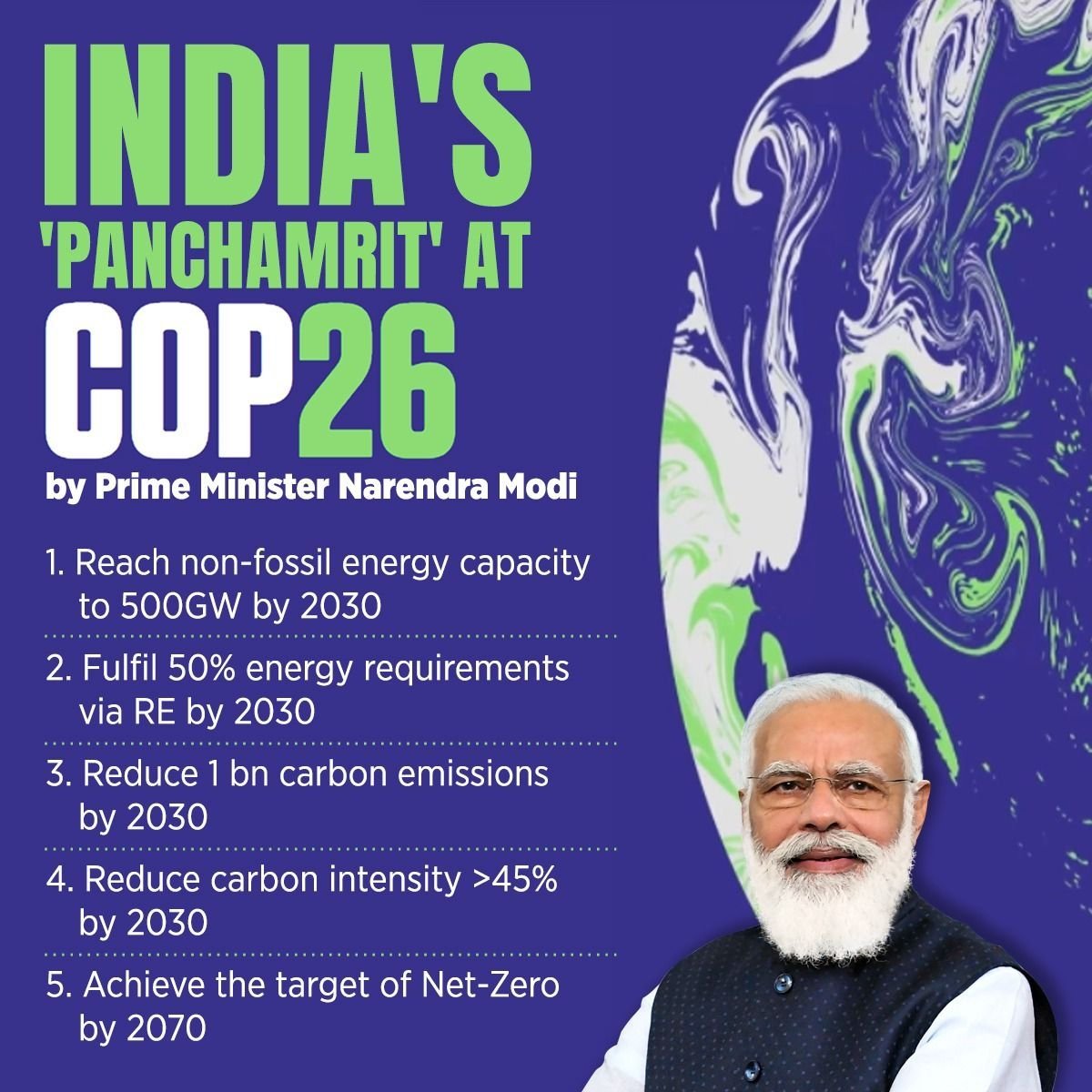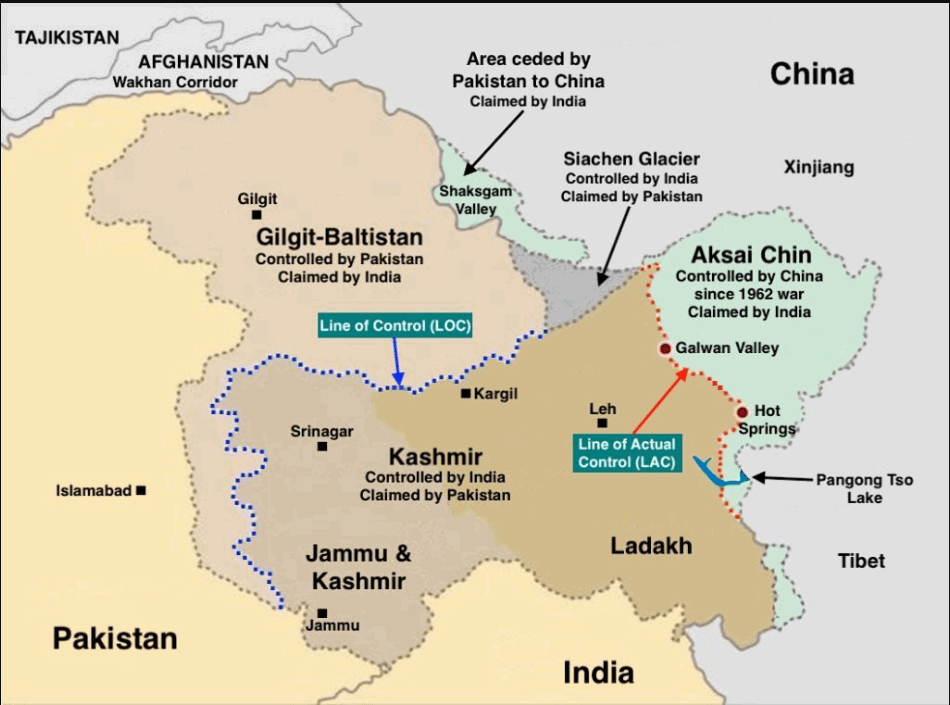
Current Affairs September 29, 2023: Zealandia: The Eighth Continent, Bhagat Singh, Dummy Schools, Newspapers as Food Wrap, CRIIIO 4 GOOD, Maldives Election, Kaimur Wildlife Sanctuary, NTCA, Nilgiri Tahr Census, Global Innovation Index, Conocarpus Trees
Subscribers of "Current Affairs" course can Download Daily Current Affairs in PDF/DOC
Subscribe to Never Miss an Important Update! Assured Discounts on New Products!
Must Join PMF IAS Telegram Channel & PMF IAS History Telegram Channel
{GS1 – Geo – PG – 2023/09/29} Zealandia: The Eighth Continent
- Context (NDTV | FP | WION | BBC | FORBS): Scientists discovered the eighth continent that had been missing for 375 years, called Zealandia or Te Riu-a-Maui (in Mauri).
- Zealandia is a long, narrow landmass primarily submerged in the South Pacific Ocean.
- It is 94% underwater, while the remaining 6% comprises New Zealand and surrounding islands.
- It extends from south of New Zealand northward to New Caledonia and west to the Kenn Plateau off Australia’s east.
- It is the world’s smallest, thinnest, and youngest continent.
- The location of the continent was discovered in 2017.
Formation of Zealandia
- Zealandia was originally part of the ancient supercontinent of Gondwana, which was formed about 550 million years ago and essentially lumped together all the land in the southern hemisphere.
- Around 105 million years ago, due to unknown reasons, Zealandia started to be pulled away.
- Zealandia is thought to have formed around 83 million years ago, during the Late Cretaceous.
Submergence of Zealandia
- It is thought that all or part of Zealandia may have existed as an island for a while.
- But then, around 25 million years ago, it disappeared beneath the ocean.
- According to the researchers, between 100 and 80 million years ago, the earth’s crust underwent significant thinning, ultimately leading to the continent’s sinking.
- This thinning was probably caused by the crust being stretched in different directions.
How Geologists Came to Know That Zealandia is a Continent
- Despite being thin and submerged, geologists know that Zealandia is a continent because of the kinds of rocks found there.
- Continental crust tends to be composed of igneous, metamorphic, & sedimentary rocks like granite, schist, & limestone, while the ocean floor is usually just made of igneous ones such as basalt.

The Continental Drift Theory
For detailed study on The Continental Theory > PMF IAS Physical Geogpraphy |
{GS1 – MIH – Personalities – 2023/09/29} Bhagat Singh
- Context (PIB): PM Modi paid tributes to Shaheed Bhagat Singh on his birth anniversary.
- Bhagat Singh was born on September 28, 1907, in Banga (present-day Pakistan).
- He was a charismatic revolutionary, an atheist, and a Marxist.
- He was a member of the Hindustan Socialist Republican Association (HSRA).
Hindustan Republican Association (HRA)
- It was founded in October 1924 by Ramprasad Bismil, Sachin Sanyal and Jogesh Chandra Chatterjee to organise an armed revolution to overthrow the British government.
- The Kakori conspiracy (train robbery, 1925) was organised by HRA.
- In 1928, under the leadership of Chandra Shekhar Azad, the HRA was renamed the Hindustan Socialist Republican Association (HSRA).
Assassination of Saunders (Lahore Conspiracy Case)
- In 1927, Bhagat Singh, Rajguru & Azad shot & killed Assistant SP John Saunders.
- Earlier, John Saunders had ordered a lathi charge on a demonstration led by Lala Lajpat Rai.
Delhi Central Legislative Assembly Bombing
- Members of HSRA wanted to protest the passage of the:
- Public Safety Bill
- Trade Dispute Act.
- Bhagat Singh and B.K. Dutt threw a bomb in the Central Legislative Assembly on 8 April 1929.
- The bomb had been deliberately made harmless. The aim was not to kill but to make the deaf hear.
- Bhagat Singh and B. K. Dutt could have easily escaped after throwing the bomb, but they deliberately chose to be arrested because they wanted to use the court as a forum for revolutionary propaganda.
Hunger Strike in Jail
- Bhagat Singh and a few others were tried for the assassination of police officers.
- As political prisoners, they demanded honourable and decent treatment in jail.
- They undertook a hunger strike as a protest against the horrible conditions in the prisons.
- During this hunger strike, Jatin Das, a young man, achieved martyrdom after a 63-day epic fast.
- Bhagat Singh, Sukhdev and Rajguru were tried in the Lahore Conspiracy case and were executed on 23 March 1931.
|
Journals
- He was a scholar who wrote for Urdu and Punjabi newspapers.
- He wrote for
- Kirti (journal of the Kirti Kisan Party)
- Veer Arjun newspaper
- He wrote an essay titled ‘Why I am Atheist’ (1930).
{GS2 – Education – Issues – 2023/09/29} Dummy Schools
- Context (TH): A PIL is filed in Delhi HC challenging the eligibility criterion for the MBBS or BDS seats under the state quota (Delhi).
- According to the requirement, only those students who have completed their Classes XI and XII from a recognised school located in Delhi are considered for the grant of seats under the Delhi state quota.
- It means that if a student from another state is admitted to the recognised school of Delhi, he/she is qualified for the state quota.
- This adversely affects the students who genuinely fulfil the local education criterion (residents).
- Delhi HC observed that ‘Dummy Schools’ adversely affect the local students.
- Dummy Schools are schools that have tie-ups with coaching institutes.
- Students may not be required to attend regular classes or maintain consistent attendance.
- The entire focus is on JEE/NEET preparation, handled by coaching.
State quota for government medical and dental colleges in other states
- 85% of the medical seats are reserved for state quota and are available for the state-domicile NEET candidates. 15% of medical seats are reserved for All India quota.
{GS2 – Health – Issues – 2023/09/29} Newspapers as Food Wrap
- Context (TH | BS): FSSAI urged consumers and food vendors to immediately stop using newspapers for packing, serving, and storing food items.
- FSSAI has notified the Food Safety and Standards (Packaging) Regulations, 2018, which strictly prohibits using newspapers to wrap, cover or serve food or to absorb excess oil from fried food.
- Concern: Newspapers may contain bioactive materials, heavy metals, and pathogens.
Bioactive Materials
- The ink used in newspapers contains bioactive materials with adverse health effects that can contaminate food and cause health issues if ingested.
- Bioactive materials can interact with biological systems and promote specific biological responses.
- These materials are used in medical and biotechnological applications, including
- Promotion of tissue growth: Bioactive materials can stimulate the growth and regeneration of specific tissues. E.g., bioactive glasses, collagen.
- Medical implants: Dental and orthopaedic implants are created using these materials.
- Reduce infection: Antibacterial and antimicrobial bioactive materials are used in medical implants to lower the risk of infections. E.g., Silver nanoparticles.
- Bioactive coatings: Bioactive materials can improve the performance of medical devices and implants when applied as coatings. E.g., Hydroxyapatite.
- Drug delivery: Bioactive materials can serve as drug carriers, releasing therapeutic agents at a controlled rate to treat localised diseases.
- Though bioactive materials are engineered to be biocompatible, they may induce negative effects.
- Allergic reactions: Some people may be allergic to certain bioactive materials.
- Infection: Microorganisms (like bacteria) can thrive in bioactive materials and cause infections.
- Toxicity: Bioactive materials may contain elements or compounds that could be toxic if released in large quantities. E.g., metal ions like cobalt or chromium.
- Carcinogenic: Certain bioactive substances may have cancer-causing properties.
Heavy Metals
- Printing inks may contain heavy metals that can leach into food and cause serious health risks.
- Heavy metals are defined as metallic elements with a relatively high density compared to water.
- These metals occur naturally in Earth’s crust, but human activities like industrial processes, mining, and burning fossil fuels have increased their release into the environment.
- Depending on their concentration and the specific metal, heavy metals can either be essential or toxic to living organisms.
- Essential Heavy Metals: Heavy metals, such as copper, zinc, and iron, are essential micronutrients living organisms require in trace amounts for biochemical and physiological functions. E.g., iron is crucial for oxygen transport in haemoglobin and zinc for enzymatic reactions.
- Toxic Heavy Metals: Heavy metals like lead, mercury, cadmium, arsenic, and chromium can be toxic to living organisms, even at low concentrations. They can cause a range of health problems.
- Cancer
- Neurological damage
- Kidney and liver damage
- Reproductive problems
- Developmental problems in children
Pathogens
- Newspapers can become contaminated by pathogens during distribution, which can transfer to food.
- A pathogen is an organism or agent that causes infectious disease.
- Pathogens can be viruses, bacteria, fungi, protozoa, or parasites.
Food Safety and Standards Authority of India (FSSAI)
|
{GS2 – Issues – Gender Equality – 2023/09/29} CRIIIO 4 GOOD
- Context (PIB): The Ministry of Education (MoE) launched the “CRIIIO 4 GOOD” online life skill learning modules to advance gender equality and empower young people.
- It was launched by the MoE in association with the International Cricket Council (ICC), UNICEF, and the Board of Control for Cricket in India (BCCI).
- It is a series of eight cricket-based animation films (released by ICC and UNICEF).
- Eight animated films will be themed around gender equity, raising awareness around the issue and the importance of creating equal opportunities for every boy and girl in India.
- It aimed to:
- Promote gender parity.
- Equip girls with life skills.
- Encourage girls’ participation in sports.
- Through CRIIIO 4 GOOD, the power of sports and the popularity of cricket can be used to empower the girl child and spread awareness about gender equity.
{GS2 – Polity – IC – Comparison – 2023/09/29} Maldives Election
- Context (IE): Maldives will have another election because, in the first vote on September 9, no candidate secured more than 50% of the vote.
- Maldives undertook political reforms in 2004.
- Political parties were registered in 2005, and a new constitution was adopted in 2008.
Executive Presidency
- Maldives has followed a system of Executive Presidency since 1968.
- The President is elected directly by the people for five years.
- Till 2008, the President was elected for five years through a referendum.
|
Multi-party System
- The Maldives follows a multi-party system.
- It followed a single-party system till 2008.
|
Electoral system
- The winner must secure over 50% of the votes (like in France).
- If no one crosses the mark in the first round, the top two candidates go head-to-head in the second.
|
{GS3 – Envi – Conservation – 2023/09/29} Kaimur Wildlife Sanctuary
- Context (TH I DTE): Bihar plans to set up its second tiger reserve in Kaimur district, which is expected to be operational by late 2023 or early 2024.
- The existing tiger reserve in Bihar is the Valmiki Tiger Reserve (VTR) in West Champaran district.
- According to an NTCA report, the tiger population in the Valmiki Tiger Reserve (VTR) has increased from 31 in 2018 to 54.
Approval Process
- The State Forest Department of Bihar is seeking approval from the National Tiger Conservation Authority (NTCA) to designate the Kaimur Wildlife Sanctuary as a tiger reserve.
- The NTCA granted preliminary approval, and the department is now working on the final proposal.
- The NTCA communicates in-principal approval for potential sites and solicits detailed proposals from the states under the Wildlife (Protection) Act, 1972.
National Tiger Conservation Authority (NTCA)
- The Wild Life (Protection) Amendment Act, 2006 provides for creating:
- National Tiger Conservation Authority (NTCA – a statutory body under MoEF)
- Tiger and Other Endangered Species Crime Control Bureau (Wildlife Crime Control Bureau (WCCB – a statutory body under MoEF)).
- NTCA administers Project Tiger. Field directors administer tiger reserves in India in accordance with the guidelines of NTCA.
- No alteration in the boundaries of a tiger reserve shall be made except on a recommendation of the NTCA and the approval of the National Board for Wild Life.
- No State Government shall de-notify a tiger reserve except in the public interest with the approval of the NTCA and National Board for Wild Life.
For more information: NTCA (PMFIAS)
For more information: Tiger reserves in India
Bihar National Parks, Tiger Reserves, Wildlife Sanctuaries & Ramsar Sites |
{GS3 – Envi – Conservation – 2023/09/29} Nilgiri Tahr Census
- Context (TH): Tamil Nadu and Kerala may join hands to carry out census of Nilgiri tahr.
- After launching Project Nilgiri Tahr, Tamil Nadu is now working on a standardised protocol to count the population of Nigiri Tahr.
- The Tamil Nadu Forest Department is proposing two censuses: one in November, after the southwest monsoon, and the other in March or April, after the calving season.
Nigiri Tahr

- Nilgiri Tahr, locally known as Varaiaadu, is the state animal of Tamil Nadu.
- It is the only mountain ungulate in southern India among the 12 species found in India.
- Distribution: It is endemic to the Nilgiri Hills. At present it is limited to the Western Ghats in Kerala and Tamil Nadu.
- The Eravikulam National Park in Anamalai hills (Kerala) is has its largest population.
- Habitat: Tropical montane grasslands, sholas forests and rocky areas at high elevations.
- Threats: Habitat loss, hunting, invasive species, and diseases.
- Conservation Status: IUCN: EN | WPA: Schedule I
|
Project Nilgiri Tahr
- Project Nilgiri Tahr was launched by the Tamil Nadu government.
- The project is to be implemented from 2022 to 2027.
- Under project, the government plans to
- Develop better understanding of Nilgiri Tahr population through surveys and radio telemetry
- Reintroduce the Tahrs to their historical habitat
- Address proximate threats
- Increase public awareness of the species
- Furthermore, October 7th was declared as ‘Niligiri Tahr Day’ in honour of E.R.C. Davidar, who was responsible for pioneering one of the first studies of the species in 1975.
{GS3 – Envi – Invasive Species – 2023/09/29} Ban on Conocarpus Trees
- Context (IE | IE): The Gujarat government has prohibited the plantation of Conocarpus trees in forest and non-forest areas due to their negative impact on the environment and human health.
- The Gujarat administration has planted the exotic Conocarpus trees to increase green cover.
- Before Gujarat, Telangana had banned the Conocarpus tree species.
Exotic Species and Invasive Species
- Exotic species, often referred to as alien, nonnative, nonindigenous, or introduced species, are species that are not native to a particular area.
- An invasive species is an exotic species that harms the environment, human health, and economy.
- Invasive species spread rapidly, outcompete native species and establish themselves.
Conocarpus Trees
- Conocarpus is an evergreen tree species with dark-green shiny leaves native to tropical regions.
- They are an exotic mangrove species that grows fast.
- They have become an invasive species in some areas, including India.
- They are not palatable to wild herbivores or domesticated animals.

Why are Conocarpus Planted?
- Salt tolerance: Conocarpus trees can tolerate high salt levels in the soil and water. This makes them ideal for planting in coastal areas.
- Wind resistance: These plants are highly resistant to wind, making them perfect for areas that experience strong winds.
- Ornamental value: They are attractive trees that can be used in landscaping.
- Timber value: These trees can be used to produce timber.
- Fuelwood value: They can also be used to produce firewood.
Negative Impacts of Conocarpus
- Competition with native vegetation: Conocarpus trees, due to their fast growth, can outcompete native vegetation for food and water, leading to a decrease in the diversity of local flora and fauna.
- Allelopathy: Conocarpus trees release chemicals that inhibit the growth of other plants, making it difficult for them to grow in their presence.
- Diseases: Trees of this species produce flowers in winter and spread pollen, which has been linked to respiratory ailments such as colds, coughs, asthma, and allergies.
- Infrastructure damage: The roots of this species penetrate deep into the soil and spread extensively, causing damage to telecommunication lines, drainage systems, and freshwater sources.
Other Invasive Tree Species in India
Vilayati Kikar (Prosopis juliflora)
- In 2018, the Delhi government passed orders for the removal of vilayati kikar.
- In 2016, the Madras High Court passed an interim order for the removal of these trees
- Vilayati kikar is not native to Delhi and was brought in the 1930s by the British.
- As the tree grows fast, even in arid conditions, it can quickly increase the green cover of an area and be used as firewood. However, it also kills off competition.
- It has killed the native trees of Delhi like acacia, dhak, kadamb, amaltas, flame-of-the-forest, etc.
- Along with the trees, native fauna also decreased.
- The tree also depleted the water table of the planted area.
Eucalyptus and Acacia
- Kerala forest department stopped the cultivation of acacia and eucalyptus in forest tracts in 2018.
- The British introduced the Eucalyptus tree in Kerala to use it as fuel in tea plantation boilers.
- These plants had reduced the availability of fodder in forests, resulting in man-animal conflict.
- The quality of forest habitats had been lost due to the cultivation of alien plants in forest tracts for commercial purposes.
Reasons Why Invasive Species Spread Rapidly
Reason Behind the Increase in Invasive species
|
{GS3 – IE – Innovation – 2023/09/29} Global Innovation Index
- Context (PIB I TP): India has retained its 40th rank out of 132 economies in the Global Innovation Index (GII) for 2023, as published by the World Intellectual Property Organization (WIPO).
- This achievement highlights India’s upward trajectory in innovation, moving from 81st place in 2015 to its current ranking.
- The Global Innovation Index is a crucial tool for governments worldwide to drive innovation-led socio-economic changes, assess their positions and boost innovation efforts.
- In collaboration with the Confederation of Indian Industry (CII) and the WIPO, NITI Aayog will host the virtual India Launch of the GII 2023.
Key findings of the Global Innovation Index (GII) for 2023
- The GII uses 80 indicators from various sources to measure innovation beyond traditional metrics.
- Top 5 countries in the GII: Switzerland (1st), Sweden(2nd), United States(3rd), United Kingdom (4th), and Singapore (5th).
- India has consistently outperformed in innovation relative to its development level for 13 years.
- India, Iran, Philippines, Turkey, Vietnam, and Indonesia have significantly improved their GII rankings over the past decade.
- Strong innovation indicators for India include:
- ICT services exports (5th)
- Venture capital received (6th)
- Graduates in science and engineering (11th)
- Global corporate R&D investors (13th)
Global Innovation Index (GII)
- The GII is an annual publication widely used to gauge a nation’s innovation capabilities.
- The United Nations Economic and Social Council acknowledged the GII’s significance as a trusted benchmark for measuring innovation concerning the Sustainable Development Goals (SDGs).
Measures calculated in the Global Innovation Index (GII)
- Innovation Input Sub-Index: This index comprises five input pillars that capture elements of the economy that enable and facilitate innovative activities.
- Innovation Output Sub-Index: This index represents the result of innovative economic activities. Despite having only two pillars, it carries the same weight as the Input Sub-Index in calculating the overall GII scores.
- Overall GII Score: The overall GII score is calculated as the average of the Input and Output Sub-Indices. The rankings of economies in the GII are then produced based on this overall score.

World Intellectual Property Organization (WIPO)
- WIPO is a specialized agency of the United Nations, located in Geneva, Switzerland.
- Established in 1967, WIPO is a global forum for intellectual property policy, services, information, and cooperation (For both industrial property (inventions, trademarks, and designs) and copyrighted materials (literary, musical, photographic, and other artistic works)).
- It is a self-funding agency of the United Nations with 193 member states.
Several Initiatives by the Government to Foster Innovation
- Atal Innovation Mission (AIM): GoI flagship initiative by NITI Aayog to create and promote a culture of innovation and entrepreneurship across the country.
- Startup India: This initiative by the Ministry of Commerce and Industry aims to build a strong ecosystem for nurturing innovation and startups in the country.
- Invest India: This initiative by the Department of Industrial Promotion Policy (Ministry of Commerce and Industry) aims to promote foreign investment in the country.
- Meity Startup Hub (MSH): Launched by the Ministry for Electronics and IT, this initiative aims to enhance the startup accelerator ecosystem in India.
Challenges for Innovation in India
- Complexities in the patenting process
- Lack of willingness to pursue research
- Issues in commercializing patented innovations
- Limited availability of research funding and incentives
- Risk-aversion (fear of and intolerance for failure to generate innovative ideas)
- Brain Drain to other countries (due to the absence of adequate support moral, financial, and other).
Way Forward
- India needs to incentivize innovation and embrace a culture of risk-taking and resilience in order to overcome the challenges to innovation.
{GS3 – S&T – Space – 2023/09/29} Noor-3 Satellite
- Context (TI): The Noor-3 satellite is a significant development in Iran’s space capabilities, designed primarily for imaging purposes with potential Spying Capabilities.
Orbit: The satellite orbits at an altitude of 450 kilometres (280 miles) above the Earth’s surface. This orbit allows for effective imaging and data collection capabilities.
Launch Vehicle: Noor-3 was launched into its orbit using the three-stage Qased (The Qased, meaning “messenger”, is a three-stage rocket developed by Iran).
- Launch Authority: The launch of Noor-3 was executed by the aerospace arm of Iran’s paramilitary Revolutionary Guard. This arm operates independently of Iran’s regular armed forces and is directly answerable to Supreme Leader Ayatollah Ali Khamenei.
Predecessors of Noor-3 Satellite
- Noor-1 was launched in April 2020, while Noor-2 was launched in March 2022. Both of these satellites also rode atop Qased rockets.
- Noor-1 re-entered Earth’s atmosphere in April 2022. In contrast, Noor-2 remains operational and may potentially collaborate with Noor-3 once the latter satellite becomes fully operational.
{Prelims – Misc – Awards – 2023/09/29} Dadasaheb Phalke Award
- Context (IE I HT): Veteran Bollywood actress Waheeda Rehman has been conferred with the 53rd Dadasaheb Phalke Award for the year 2021 by the Union Ministry of Information and Broadcasting’s (I&B) Directorate of Film Festivals.
- Waheeda Rehman is a distinguished Indian actress in Hindi cinema, celebrated for her roles in iconic films like “Pyaasa,” “Kaagaz ke Phool,” and “Guide.”
- She has been honoured with a National Film Award, Padma Shri and Padma Bhushan, and three Filmfare Awards.
Dadasaheb Phalke Lifetime Achievement Award
- It is the highest cinema honour in India, presented annually at the National Film Awards ceremony by the Directorate of Film Festivals.
- The award includes a Swarna Kamal (Golden Lotus) medallion, a shawl, and a cash prize of 10 lakh.
- The award was established in 1969 and the first recipient was actress Devika Rani.
- The award is named after Dadasaheb Phalke, who directed India’s first full-length feature film, “Raja Harishchandra,” in 1913 and is hailed as the “Father of Indian Cinema”.





![PMF IAS Environment for UPSC 2022-23 [paperback] PMF IAS [Nov 30, 2021]…](https://pmfias.b-cdn.net/wp-content/uploads/2024/04/pmfiasenvironmentforupsc2022-23paperbackpmfiasnov302021.jpg)












